Using Digital Technologies in STEM

One of the wonderful aspects of the Barbreck STEM program is that the students are learning in a way that reflects real life. This means they are learning about the world around them through their Science program, developing their understanding of the design process by linking their science to solving real world problems (Design and Technology/Engineering), whilst they navigate their way through new devices, applications, and programs (Digital Technology).
Let’s look at a couple of examples from the younger Year levels in Barbreck to illustrate the integration of the Science and Digital Technology curricula:
In Prep, the students engaged in some targeted activities learning about algorithms using everyday examples. Following their Earth and Space Science Unit, we could then take what they had learnt about algorithms and move it to the next level by linking into their Science work. The girls could then practise debugging codes and write their own algorithms in this context.
 |
 |
In Year 2, the students learnt through experimentation and play how to make a stop motion movie. Then, using their knowledge of life cycles from our Biology unit, they demonstrated their understanding by creating a film to share with the class. The girls sketched out their plans first, then using materials in our STEM Lab, they constructed their life cycles bit by bit, taking photographs every step of the way. Of course, editing and re-editing, recreating, rephotographing and some more editing followed to produce some amazing products!
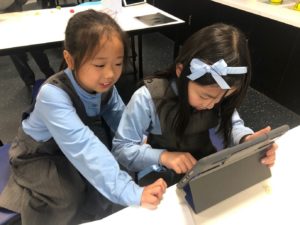 |
 |
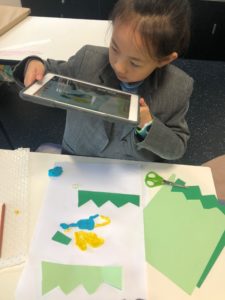 |
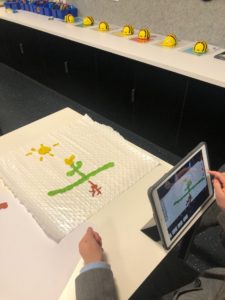 |
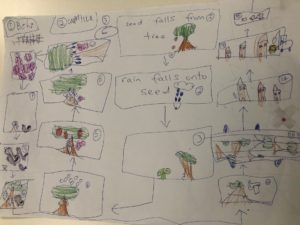 |
Let’s look at a couple of examples from the higher Year levels in Barbreck that illustrate the integration of the Science and Digital Technology curricula:
In Year 4, the students are making websites to promote the importance of the Daintree Rainforest. This task is based on their ecosystems Biology unit and their work exploring how different organisms rely on each other for survival. The girls are not only reinforcing their science understandings but also having to consider different elements of website design: readability, audience, ease of use etc.
In Year 5, the students explored the role of adaptations in the survival of different organisms, like the echidna and the Banksia plant. Their challenge was to then make an interactive poster which speaks when certain buttons are pushed. This task involved first investigating the adaptations of an organism that not only survives, but also thrives in a desert environment. Then, using Makey Makey and the coding program Scratch, the girls were able to use eight blocks of code to create a basic sequence of commands to turn an ordinary poster into an interactive one.
-

Year 5 Digital Technologies in STEM
-

Year 5 Digital Technologies in STEM
-
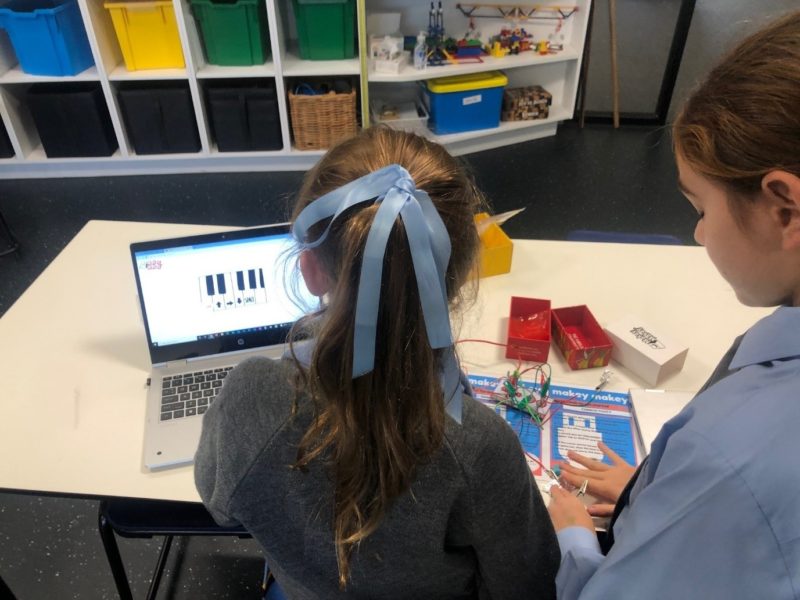
Year 5 Digital Technologies in STEM
-

Year 5 Digital Technologies in STEM
-
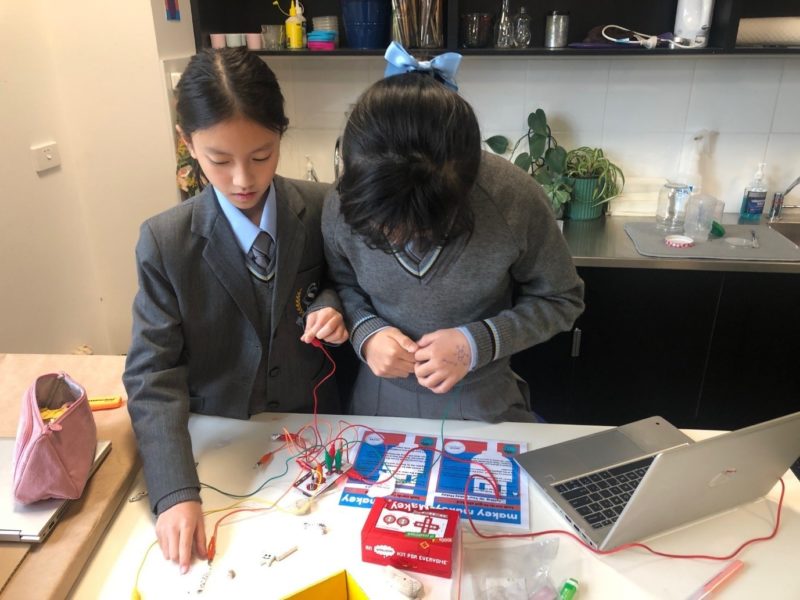
Year 5 Digital Technologies in STEM
-

Year 5 Digital Technologies in STEM
-
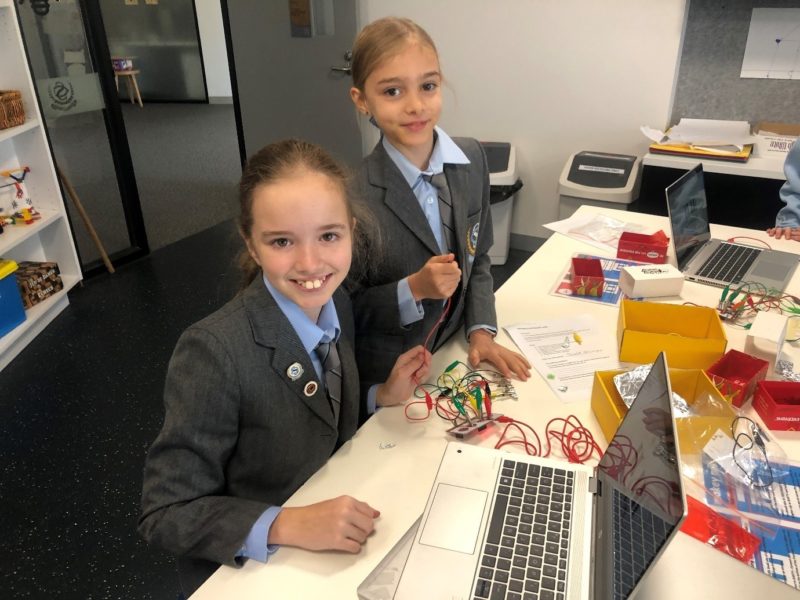
Year 5 Digital Technologies in STEM
-

Year 5 Digital Technologies in STEM
-
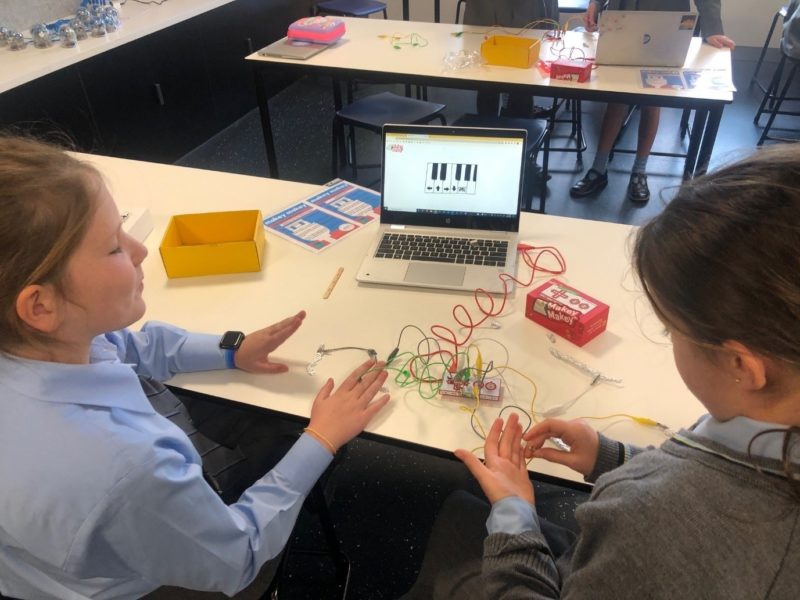
Year 5 Digital Technologies in STEM
-

Year 5 Digital Technologies in STEM
-
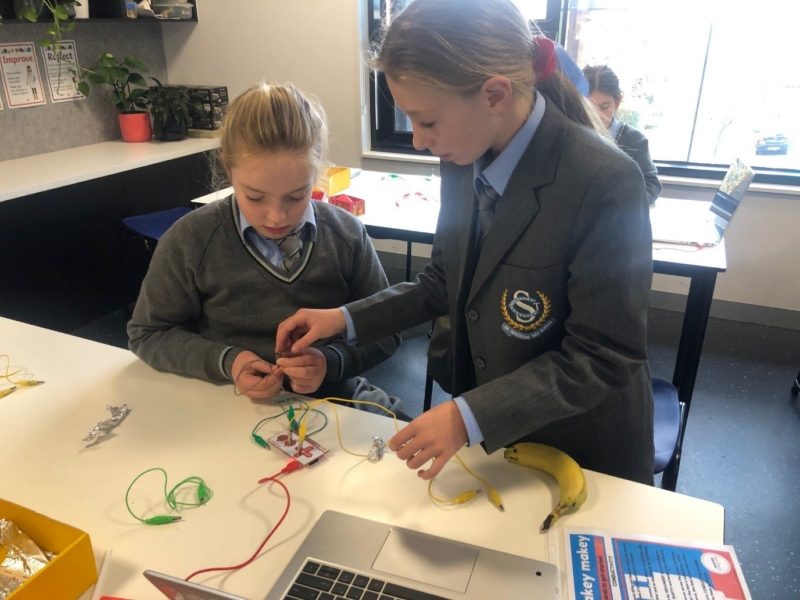
Year 5 Digital Technologies in STEM
-

Year 5 Digital Technologies in STEM
-
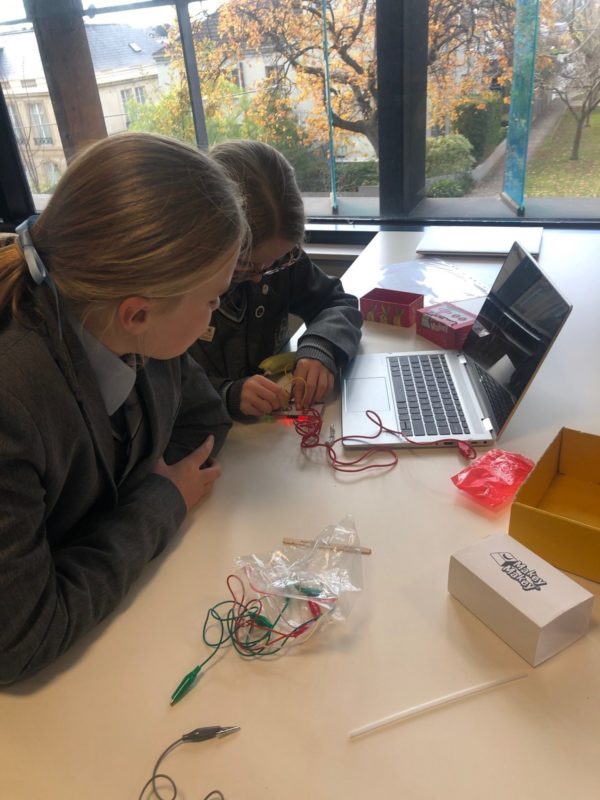
Year 5 Digital Technologies in STEM
-
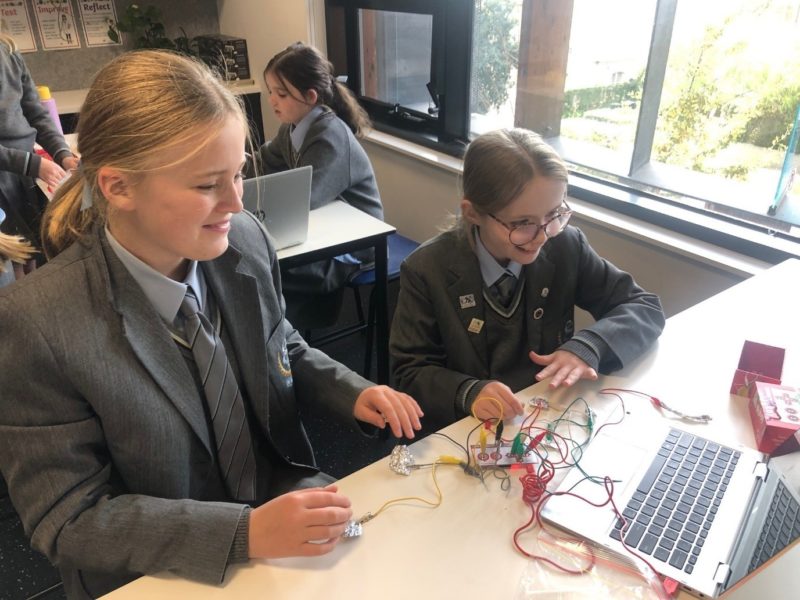
Year 5 Digital Technologies in STEM
Why do we run an integrated program in STEM? In our world so few things exist independently, so it makes sense that the way we educate our girls in Barbreck, reflects the links and relationships between ideas and concepts. Not a day goes by when we aren’t connected to the digital world in some way, so we ensure our girls have the opportunity to develop these skills for life beyond School.


